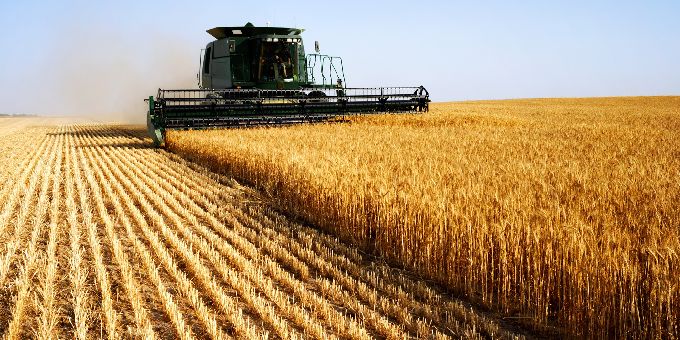Science and technology go hand-in-hand in solving the world’s problems and robotics and automation are the latest innovations set to tackle one of our biggest issues – poverty.
 Automation for Sustainable Development
Automation for Sustainable Development

Claudia Jarrett, US Country Manager | EU Automation
The United Nations has reported that almost half of the world’s population lives on less than $2 a day. On top of this, another billion people are considered living on less and are under the poverty line. Sustainable development, that is, development that helps solve the problems of today without compromising the needs of future generations, is an important part of decreasing the number of people living in poverty – and it is no small task.
Here, Claudia Jarrett, US country manager at obsolete equipment supplier, EU Automation, explores how advanced technology can be used to create sustainable solutions and tackle world poverty.
Science and technology go hand-in-hand in solving the world’s problems and robotics and automation are the latest innovations set to tackle one of our biggest issues – poverty. The number of people developing advanced technologies, such as robotics and artificial intelligence, to provide creative solutions to real world challenges is on the rise.
Technological development relies on creative initiatives from companies, entrepreneurs and educational institutes, to tackle crises. To solve these global issues, technologists also need to work with the people affected by them to understand the issues at hand. With a clear understanding of influencing factors, new technologies can be developed to tackle the problems head on.
The development of this new technology can draw on a number of innovative fields, such as big data, the internet of things (IoT), synthetic biology, 3D printing, quantum computing and drones to name a few. But it is robotics and automation which are making waves
Developing community robots
In the developed world, robotics and automation are predominantly used in large scale applications, commonly in industrial settings performing tasks such as product assembly or welding. Personal robots are much less common, as many have limited functionality or are expensive. In more remote and less developed locations, low numbers of personal robots that provide a valuable service could be particularly useful in improving health or agriculture for a community.
In this environment, the robot could act not as a personal robot, but as a community robot – performing specific, important functions on a small scale to benefit a group. This type of robot could increase quality of life for local people, and help develop more sustainable, healthy and safe communities. Potential functions include increasing accessibility to healthcare, performing agricultural work, checking the quality of water or solving design challenges.
Why a robot?
The reasons a robot could benefit a community are similar to the reasons they benefit industrial environments so greatly — robots are precise, strong and accurate. These characteristics can be put to use in different ways to suit a particular community's needs. Once these have been identified, an engineer can develop a robot with the appropriate characteristics. For example, if it is particularly necessary that the community reduces waste, one solution could be the development of a robot to increase recycling by sensing the contents of different plastics using spectroscopy.
Alternatively, if there is a lack of clean water, a robot could be designed to monitor contamination. In agriculture, communities could use robots to assess soil condition, check the health of plants and animals and cultivate or harvest crops. These are just a few ways that robots could be deployed to increase the quality of life for those living in developing countries.
One company that is working with local partners to develop robotics for health and environmental applications is We Robotics. The company co-creates local innovation labs, known as Flying Labs, to help partners identify if robotics solutions may help to overcome the community’s problems. If a solution is viable, We Robotics works with technology partners to deploy technology for local applications, including transportation and data collection. Technological development using knowledge of the landscape and environment is essential as a part of this process.
Designing the community robot
Robots comprise of several components to enable them to perform their specific functions, including sensors to recognise the environment, motors for actuation and systems for intelligent control. New designs can take advantage of existing components - by combining these with knowledge of the specific application at hand, engineers can develop new solutions to problems.
If there are limitations to overcome, the designer must take this into account. For example, in some environments, energy may be a problem. To tackle this, a designer can combine a wind-up motor or biogas engine with an automated technology for sustainable use without access to electricity.
Robotic components can also be used in isolation or in combination with a human operator as a hybrid system. For example, using a sensor combined with a human for improved detection or a robot gripper that relies on human’s senses.
In developing these robots, education is as important as collaboration. Creative local engineers that are familiar with the environment, culture and challenges can work with either academia or industry to develop the required technology. If this continues, new applications are sure to emerge that benefit communities and provide a useful function.
Robotics can contribute to challenges in developing countries, but robots need adapting to suit niche purposes. Once developed, these could be applied to help tackle the global poverty crisis, one community at a time.
The content & opinions in this article are the author’s and do not necessarily represent the views of AgriTechTomorrow
Comments (0)
This post does not have any comments. Be the first to leave a comment below.
Featured Product


